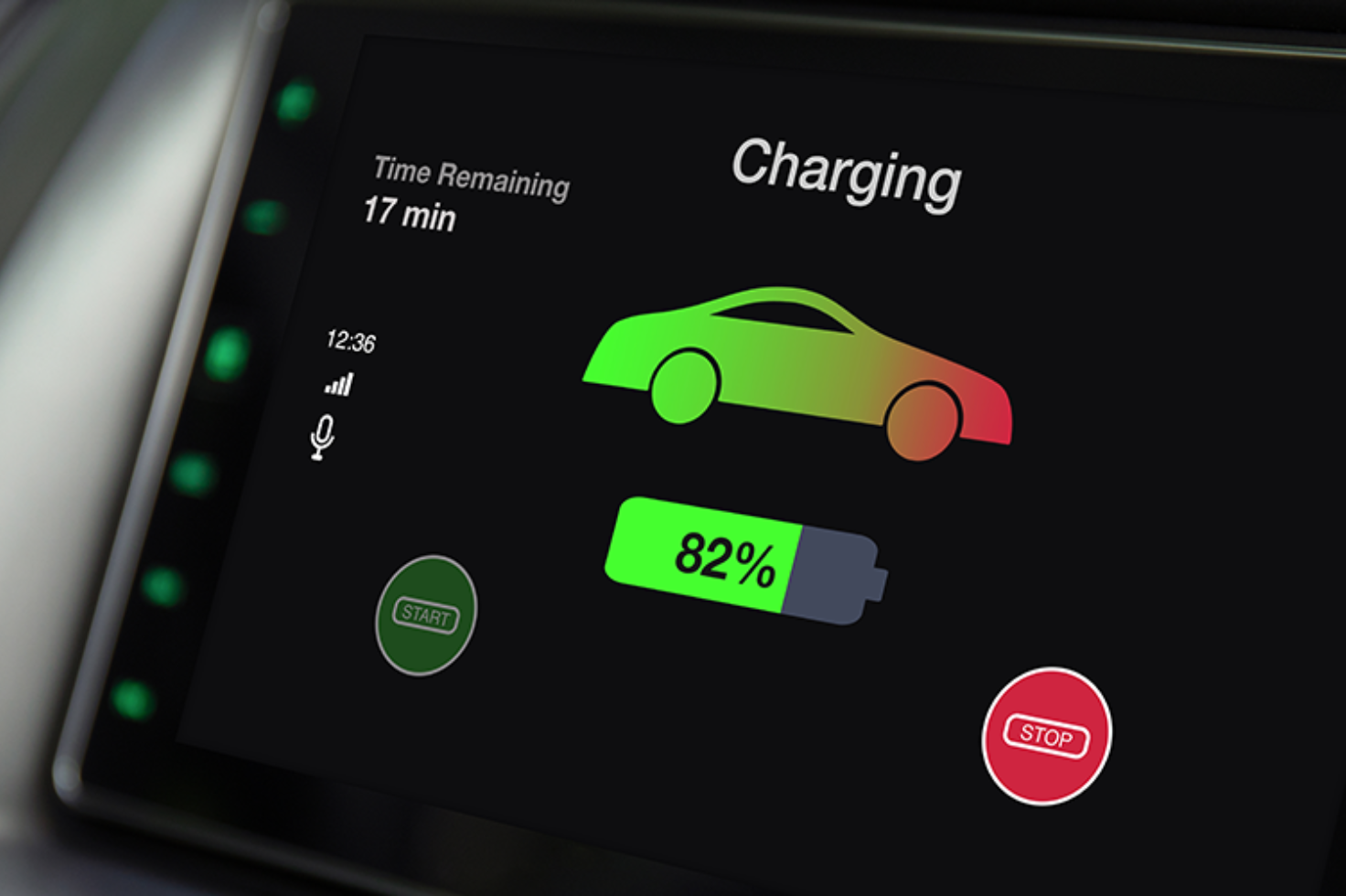This article was originally published in July 2021 and has been updated.
Share this story:
As more charging infrastructure is introduced and more models arrive on our shores, electric vehicle (EV) uptake in Australia continues to grow. We break down the types of EVs available to help you find the right car to suit your needs.
As the name suggests, these cars are battery powered and fully electric. BEVs have no tailpipe emissions because they don’t require petrol, diesel or gas to get you from point A to point B. BEVs are also referred to as ‘plug-in’ EVs, because they plug into an external electricity source to charge up the battery.
These cars run off a combination of battery power and fuel. The electric battery powers the motor, while the fuel powers the internal combustion engine. Generally, these cars will use the power from the electric motor up to a specific range, before the combustion engine kicks in and takes over. The car battery can be charged by plugging into an external electricity source, or through something called regenerative braking, where the “kinetic energy created from braking is converted into electrical power that can charge the car”.
Just like the PHEV, this car combines the power of the electric motor and petrol engine to keep you cruising. The only difference is that this car relies purely on deceleration and braking to charge the batteries. Again, this is achieved by capturing energy from the combustion engine and converting it into electricity.
Before you get excited about this option, we’ve got to let you know that these cars aren’t for everyday sale and use in Australia just yet, but some governments in Australia have plans for hydrogen projects, so we think it’s worth a mention. Plus, the technology is super cool!
Instead of using power from electricity like a BEV does, these cars generate electricity through a chemical reaction between hydrogen and oxygen in a fuel cell stack to power an electric motor. For this reason, you’ll often hear FCEVs referred to as hydrogen EVs.
To help you narrow down your search, consider playing around with the car search tool on the Green Vehicle Guide website, run by the Australian Government. It allows you to search for a specific vehicle, or compare several different vehicles, by entering variables such as make, model, and fuel type (select pure electric, electric petrol or plug-in electric) to generate a summary of data on emissions, range, fuel consumption, cost and noise.
Now that you know more about what’s on the market, you can decide whether it’s time to ‘go green’ and add an EV to your garage.
All content on the NRMA Insurance Blog is intended to be general in nature and does not constitute and is not intended to be professional advice.


